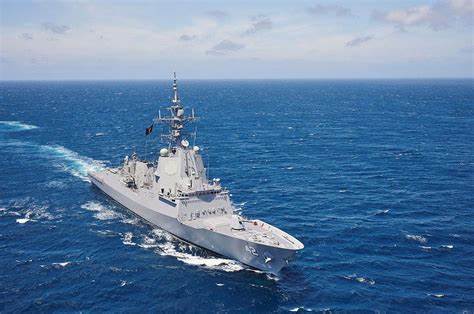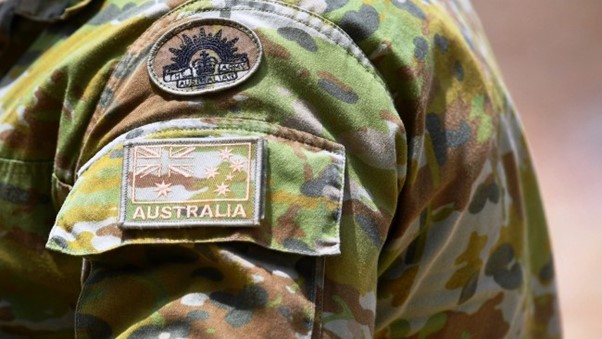This year marks the 82nd anniversary of the Kokoda Track campaign, a pivotal series of battles during World War II that tested the resolve and bravery of Australian soldiers. The campaign, which saw fierce fighting between Australian and Japanese forces, played a crucial role in halting the Japanese advance in the Pacific and remains a significant chapter in Australia’s military history.
The Battle Begins
In 1942, the Japanese forces aimed to capture Port Moresby in Papua New Guinea, which would have given them a strategic advantage in the Pacific theatre. Their advance began along the Kokoda Track, a rugged and treacherous path that winds through the dense jungles and steep mountains of the Owen Stanley Range. Australian troops, many of them young and inexperienced, were tasked with defending this critical route.
Appalling Conditions
The conditions on the Kokoda Track were among the most challenging faced by any soldiers during the war. The combination of dense jungle, steep terrain, and torrential rain created a hellish environment. Malaria and other tropical diseases were rampant, and the soldiers had to contend with limited supplies and harsh weather conditions.
Despite these challenges, the Australians displayed remarkable resilience and determination. They engaged in continuous fighting and skirmishes with the Japanese forces, enduring extreme physical and mental hardships. The fighting continued for over four months from July, with the Australians finally reaching the Kumusi River on November 18, 1942.
Sacrifice and Bravery
The cost of the Kokoda campaign was high. More than 600 Australian soldiers lost their lives, and a further 1,680 were wounded. These numbers reflect the intense and brutal nature of the conflict, as well as the bravery and sacrifice of those who served. The campaign also highlighted the importance of the bond between the Australian soldiers and the Papua New Guinean locals, who played a vital role in supporting the troops and are fondly remembered as the “Fuzzy Wuzzy Angels.”
Honouring the Heroes
As we commemorate the 82nd anniversary of the Kokoda Track, it is essential to honour the memory of those who served and sacrificed. Their courage and tenacity in the face of overwhelming odds remain an inspiration to us all. The Kokoda Track campaign is not just a story of military strategy and battlefield tactics; it is a testament to the human spirit and the enduring bonds forged in times of adversity.
Today, the Kokoda Track serves as a living memorial, with many people trekking the path to pay homage to the soldiers who fought there. It stands as a reminder of the sacrifices made by previous generations and the importance of preserving their legacy for future generations.
In remembering Kokoda, we honour the past and reaffirm our commitment to the values of courage, mateship, and resilience that define the Australian spirit.
AWM Picture: 25-pounder guns of B Troop, 14th Field Regiment, Royal Australian Artillery, being pulled through the dense jungle on the Kokoda trail. Members of the regiment are being assisted by the 2/1st Australian Pioneer Battalion.












